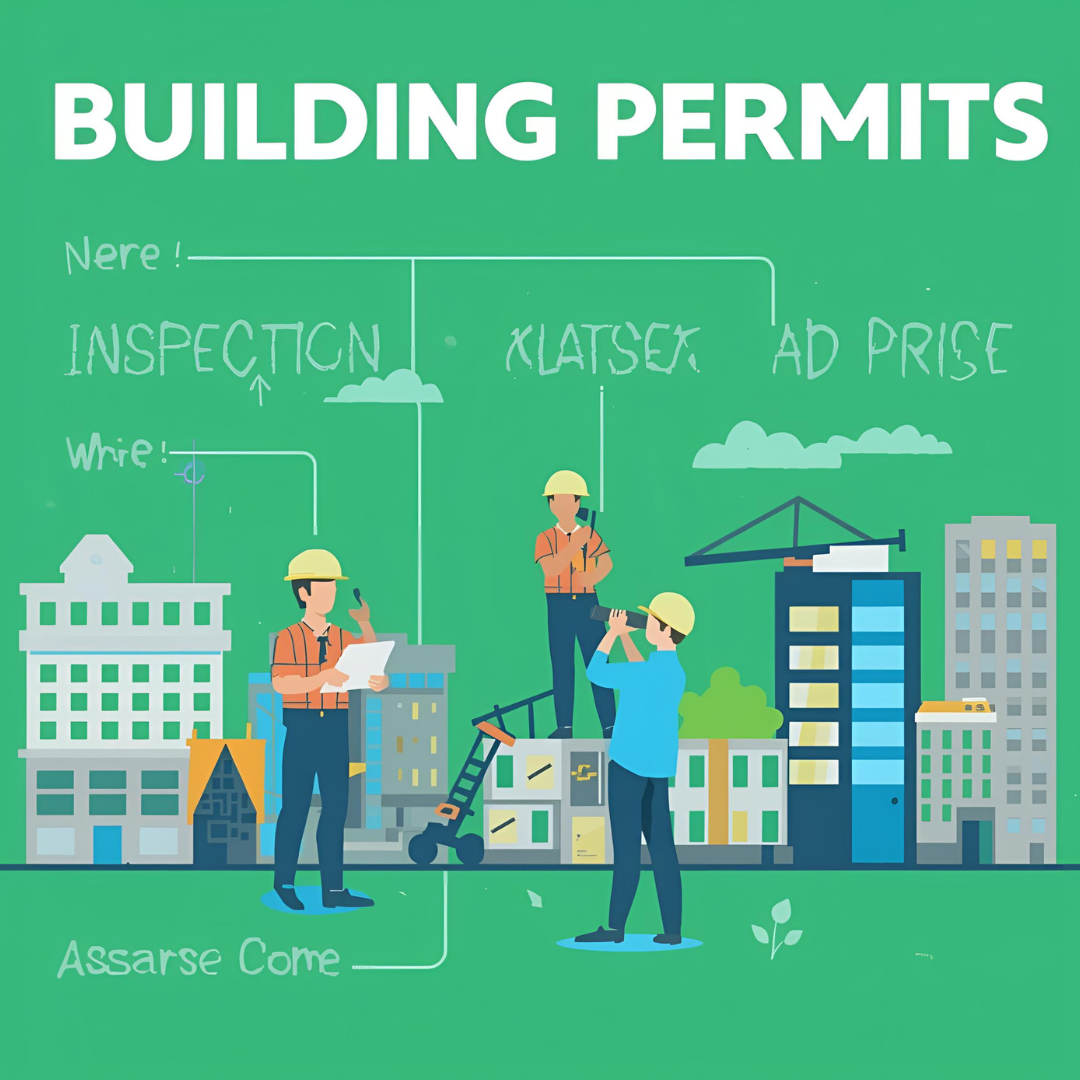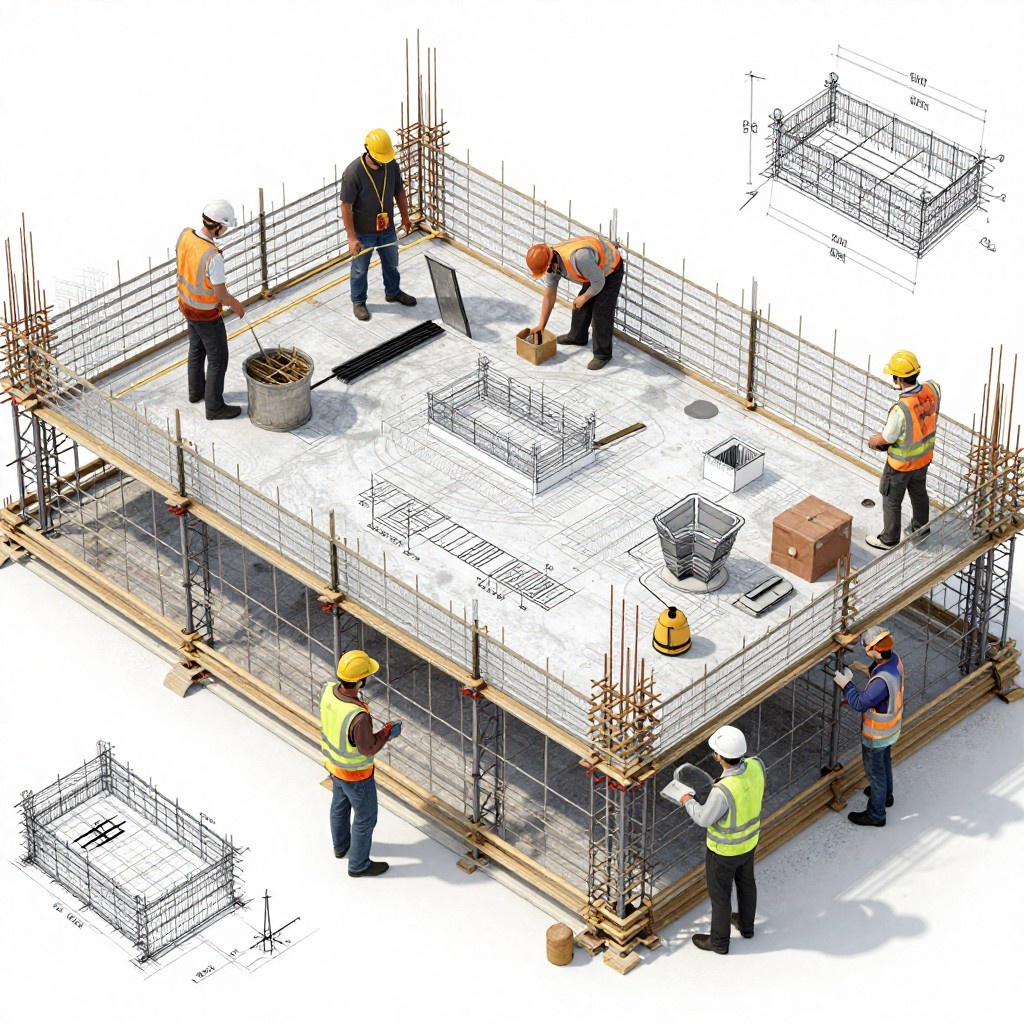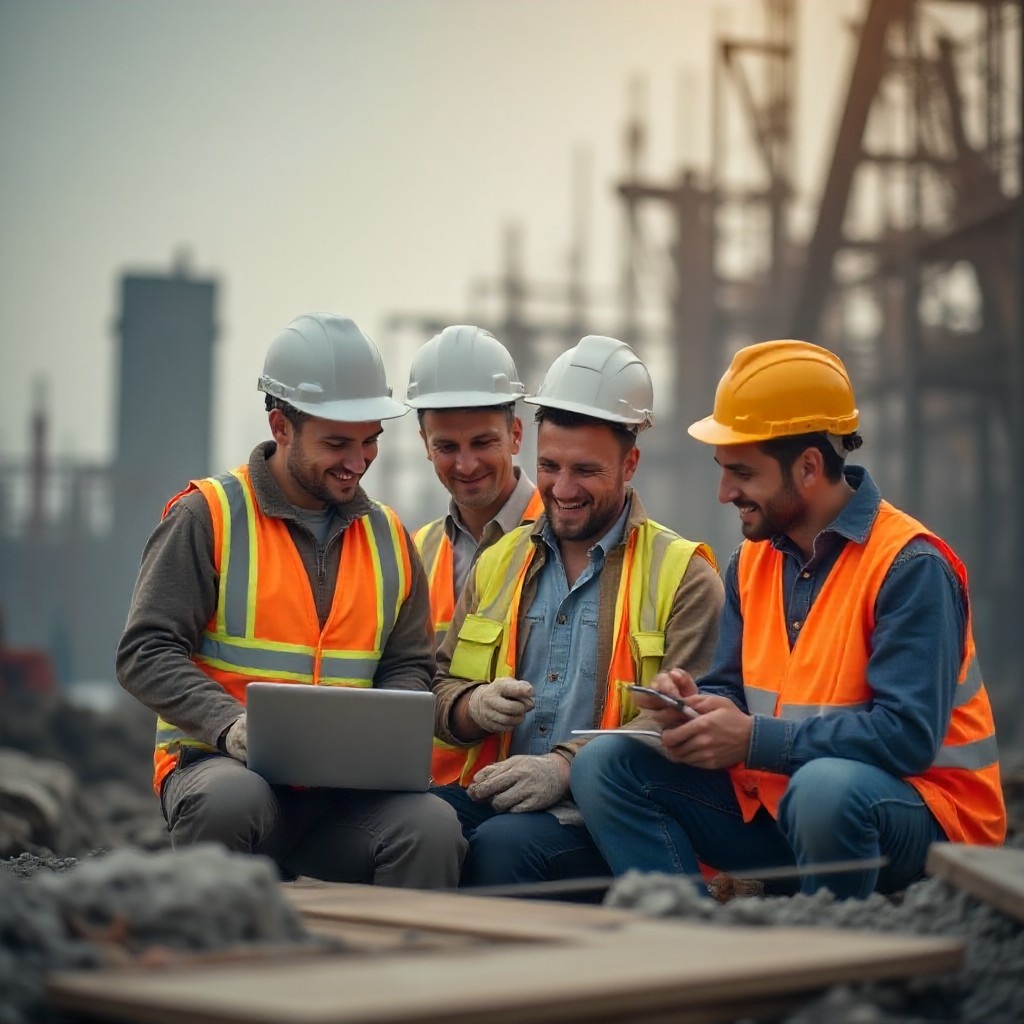Green Building Practices: Sustainability at the Core of Modern Construction
Sustainability is at the forefront of modern construction, and for good reason. With the increasing awareness of environmental issues, sustainable building practices are gaining popularity and are now a necessity. This blog delves deep into how sustainability is reshaping the construction industry, and why it is essential. We'll explore three remarkable sustainable projects, and delve into the role of Building Information Modeling (BIM) and technology in achieving sustainable design.
Why Sustainability in the construction industry matters?
Sutainability is no longer a buzzword but a fundamental requirement in construction. The sector is a major contributor to carbon emissions and resource consumption. As we face global challenges like climate change and resource scarcity, adopting sustainable practices is imperative.
- Reduced Carbon Footprint: Sustainable buildings are energy-efficient, significantly reducing carbon emissions throughout their lifecycle.
- Resource Conservation: Sustainable construction minimizes waste and utilizes resources efficiently, lessening environmental impact.
- Lower Operating Costs: Energy-efficient buildings lead to reduced utility bills, saving money for owners and occupants.
- Healthier Environments: Sustainable buildings often offer improved air quality and natural lighting, promoting the well-being of occupants.
World-Class sustainable construction projects
Bosco Verticale, Milan, Italy

Bosco Verticale, or "Vertical Forest," stands as a testament to innovative green architecture. This modern marvel challenges conventional notions of high-rise living by hosting a thriving forest on its facades. The Bosco Verticale is an exemplar of sustainability, boasting a lush forest of trees and plants that not only beautify the cityscape but also contribute to improved air quality. These green towers, with their intelligent irrigation and plant selection, serve as natural air purifiers, transforming urban living into an eco-friendly and harmonious experience. The Bosco Verticale is a living testament to the union of urban life and nature, redefining the very essence of modern, sustainable living.
The Edge, Amsterdam, Netherlands

The Edge, located in Amsterdam, has rightfully earned its reputation as the "greenest office building in the world." This remarkable project is an exemplar of innovative sustainability. What sets The Edge apart is its intelligent system that optimizes lighting, heating, and cooling based on real-time occupancy data. The building boasts an astonishing 50,000 sensors that monitor and control various systems, ensuring that resources are used efficiently. To further reduce its environmental footprint, The Edge is equipped with solar panels on the roof, producing more energy than the building consumes. It's a shining example of how modern technology and sustainability can be seamlessly integrated to create a state-of-the-art, green workspace.
CopenHill by Bjarke Ingels Group, Copenhagen, Denmark

CopenHill stands as an astonishing fusion of sustainability and innovation. This architectural gem redefines the possibilities of waste-to-energy facilities. CopenHill, often dubbed an "urban power plant," is more than just an industrial structure; it's an eco-friendly recreational hub. What sets CopenHill apart is its dual role - not only does it convert waste into clean energy, but it also offers a unique recreational space. Visitors can ski down its rooftop slopes or enjoy panoramic views from its observation deck. It's a shining example of how modern infrastructure can be reimagined to promote sustainability and engage the community. CopenHill is a testament to the transformative power of sustainable design in creating a harmonious fusion of industry and recreation.
Technology and BIM for sustainable construction
Technology and BIM are pivotal in sustainable design and construction:
- Early Simulation: BIM allows for energy analysis and simulation during design, assessing environmental impacts.
- Material Selection: BIM databases aid responsible material choices.
- Efficient Collaboration: BIM supports collaboration among stakeholders, aligning with sustainability goals.
- Project Lifecycle Management: BIM extends beyond design, aiding energy-efficient operation and maintenance.
- Data-Driven Decision-Making: Technology offers data analytics to track energy consumption and building performance, enabling sustainability improvements.
In conclusion, the collaboration of green building practices and BIM is leading the way in an era where sustainability takes center stage. From past pioneers to today's iconic projects, the transformation is evident. With BIM at the core of modern construction, sustainability isn't just an option; it's our guiding principle, ensuring a greener and more eco-conscious world for generations to come.
FAQs.
1. What are the 4 important features of a green building?
The four essential features of a green building are:
- Energy Efficiency: Green buildings are designed to maximize energy efficiency, reducing overall energy consumption through technologies like solar panels, energy-efficient appliances, and effective insulation.
- Water Conservation: Green buildings integrate water-efficient systems and technologies, such as low-flow fixtures and rainwater harvesting, to minimize water usage and promote sustainability.
- Environmentally Friendly Materials: Incorporating eco-friendly materials is crucial. These materials are often recycled, locally sourced, or have low environmental impact, contributing to a healthier and more sustainable construction process.
- Optimal Site Utilization: Green buildings are strategically positioned and designed to make the most of natural resources, sunlight, and ventilation. This helps minimize the environmental impact and enhance the overall well-being of occupants.
2. What are green building materials?
Green building materials are sustainable, eco-friendly products used in construction that aim to minimize the environmental impact of buildings. These materials can be categorized into:
- Recycled Materials: These include materials like recycled steel, reclaimed wood, and recycled glass, diverting waste from landfills and reducing the demand for new resources.
- Renewable Resources: Materials sourced from rapidly renewable resources, such as bamboo and cork, which can be replenished quickly, promoting sustainable construction practices.
- Low-impact Materials: These materials have minimal environmental impact during extraction, manufacturing, and transportation. Examples include low-VOC paints, low-impact adhesives, and sustainably harvested timber.
- Energy-Efficient Insulation: Materials designed to enhance energy efficiency, such as recycled denim insulation or insulated concrete forms, contribute to a building's overall sustainability.
3. How many types of green buildings are there?
There are various types of green buildings, each designed to address specific sustainability goals. The primary types include:
- Certified Green Buildings: These are structures certified by organizations like LEED (Leadership in Energy and Environmental Design) or BREEAM (Building Research Establishment Environmental Assessment Method), meeting specific environmental performance standards.
- Zero Energy Buildings (ZEB): ZEBs generate as much energy as they consume, typically utilizing renewable sources like solar panels to achieve net-zero energy consumption.
- Passive Houses: These buildings prioritize energy efficiency through meticulous design, insulation, and ventilation, minimizing the need for active heating or cooling systems.
- Sustainable Communities: Beyond individual buildings, sustainable communities focus on holistic planning, integrating green spaces, efficient transportation, and environmentally conscious infrastructure.




